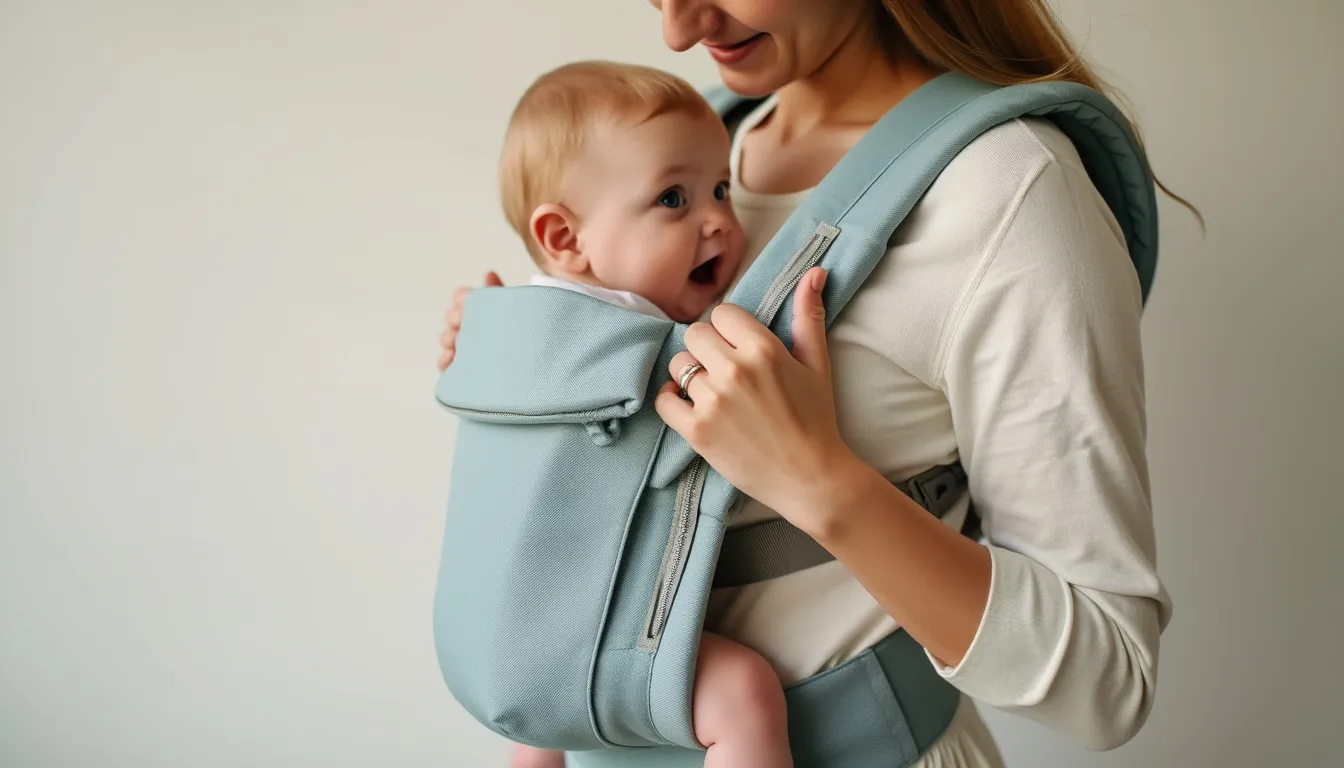Understanding Baby Carrier Ergonomics
Choosing the right baby carrier can be a daunting task for new moms. With so many options available, understanding the ergonomics behind these essential products can make a significant difference in comfort and safety for both you and your baby.

As a mother of two, I've had my fair share of experiences with baby carriers. Initially, I was overwhelmed by the choices, but through trial and error, I discovered the importance of ergonomics in these products. Ergonomics, in the context of baby carriers, refers to the design and functionality that support the natural posture of your baby while ensuring your own comfort.
Why Ergonomics Matter
When I first started using a baby carrier, I didn't pay much attention to its ergonomic features. However, after a few weeks of use, I noticed discomfort in my back and shoulders. This led me to research more about ergonomic designs. An ergonomic baby carrier distributes the baby's weight evenly across your body, reducing strain on your back and shoulders. Additionally, it supports the baby's hips and spine, promoting healthy development.
Key Features to Look For
From my experience, there are a few key ergonomic features to consider when selecting a baby carrier. First, look for a carrier with a wide, padded waistband. This feature helps in distributing the baby's weight evenly, which is crucial for long-term comfort. Second, adjustable shoulder straps are a must. They allow you to customize the fit, ensuring that the carrier is snug but not too tight. Lastly, ensure that the carrier supports the baby's legs in an 'M' position, which is essential for hip health.
Personal Experience and Recommendations
During my babywearing journey, I found that carriers with breathable fabric were a game-changer, especially during the summer months. The breathable material kept both my baby and me cool and comfortable. Additionally, I appreciated carriers that offered multiple carrying positions, such as front-facing and back-carrying options. This versatility allowed me to adapt the carrier as my baby grew and his needs changed.
In conclusion, understanding the ergonomics of baby carriers is crucial for making an informed decision. By prioritizing ergonomic features, you can ensure comfort and safety for both you and your baby. Remember, every mom and baby duo is unique, so take the time to try different carriers and find the one that best suits your needs.
Car Seats
The Importance of Rear-Facing Car Seats for Infants
How to Choose the Right Car Seat for Your Baby’s Age and Weight
Car Seats and Carpooling: Ensuring Safety for All Children
The Benefits of Convertible Car Seats for Growing Families
Car Seat Accessories That Enhance Safety and Comfort
Understanding LATCH Systems for Car Seats